Publication details
Publisher: Palgrave Macmillan
Place: Basingstoke
Year: 1992
Pages: 164-181
ISBN (Hardback): 9781349223336
Full citation:
, "Pilate and pilatism in recent Russian literature", in: New directions in Soviet literature, Basingstoke, Palgrave Macmillan, 1992


Pilate and pilatism in recent Russian literature
pp. 164-181
in: Sheelagh Duffin Graham (ed), New directions in Soviet literature, Basingstoke, Palgrave Macmillan, 1992Abstract
In recent decades, Russian writers have made effective use of Pontius Pilate, as a character, reference or allusion, in a wide variety of works published abroad and in the Soviet Union. Undoubtedly the best known is Mikhail Bulgakov's satirical fantasy Master i Margarita (The Master and Margarita), finally published in 1966–67, which altered forever Soviet literary appreciation of the sometimes enigmatic encounter between Jesus and Pilate. It would now require a deliberate obtuseness on the part of a Soviet author wishing to treat the figure of Pilate at any length to ignore Bulgakov's portrayal of the psychological, social and political factors that enter into Pilate's desire, but ultimate refusal to help Jesus escape execution. The cynical question "What is truth?" has long been virtually synonymous with Pilate's name. To this expression of amoral relativism, Bulgakov has added the provocative notion that "[cowardice] is the most terrible vice" (735).
Publication details
Publisher: Palgrave Macmillan
Place: Basingstoke
Year: 1992
Pages: 164-181
ISBN (Hardback): 9781349223336
Full citation:
, "Pilate and pilatism in recent Russian literature", in: New directions in Soviet literature, Basingstoke, Palgrave Macmillan, 1992

